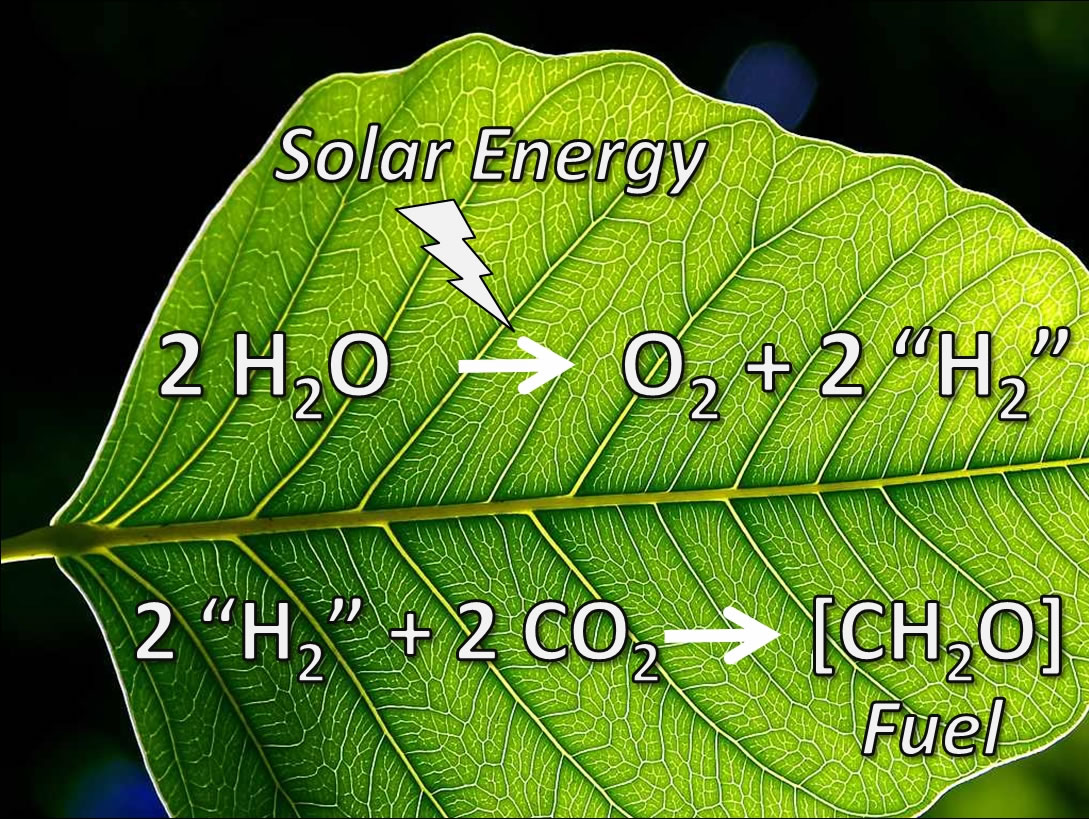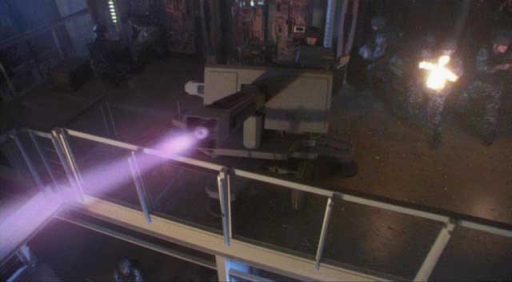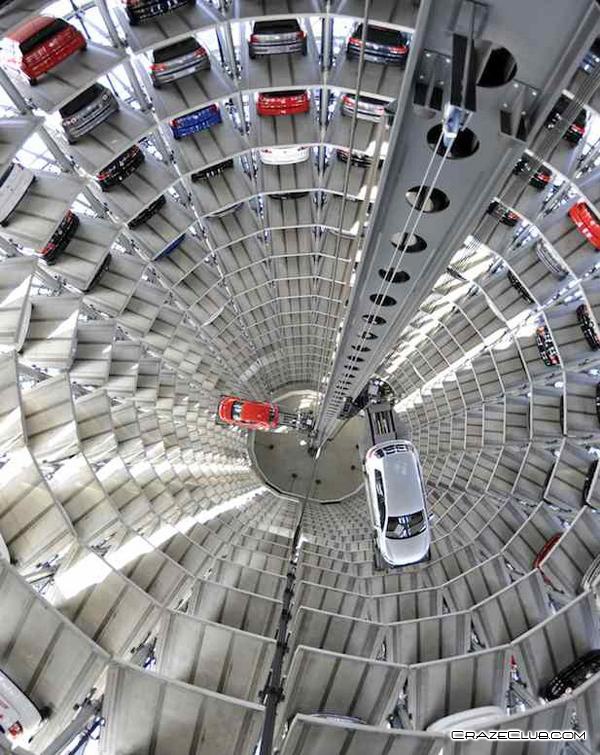- Written by PunithaV ECE
- Hits: 3999
‘Artificial leaf’ mimics photosynthesis, could power an entire house
Scientists in Massachusetts have developed a working "artificial leaf" that uses solar energy to split water into hydrogen and oxygen, producing power. The artificial leaf shows particular promise as an inexpensive source of electricity for homes of the poor in developing countries. The goal is to make each home its own power station. One can envision villages in India and Africa not long from now purchasing an affordable basic power system based on this technology. The device itself is small, thin, and looks nothing like an actual leaf. About the size of a playing card, but thinner, it is made of silicon. Placed inside a single gallon of water in bright sunlight, the device could theoretically produce enough electricity to power a house in a developing country for an entire day by storing the leftover hydrogen and oxygen in a fuel cell. The idea has been bounced around for decades, but this marks the first time that one has been created that is affordable and actually works for more than a single day. The new artificial leaf is made of “inexpensive” materials and has been shown to operate for more than 45 hours without a “single drop” in activity. 
Nature is powered by photosynthesis and the future world will be powered by photosynthesis as well in the form of this artificial leaf.


